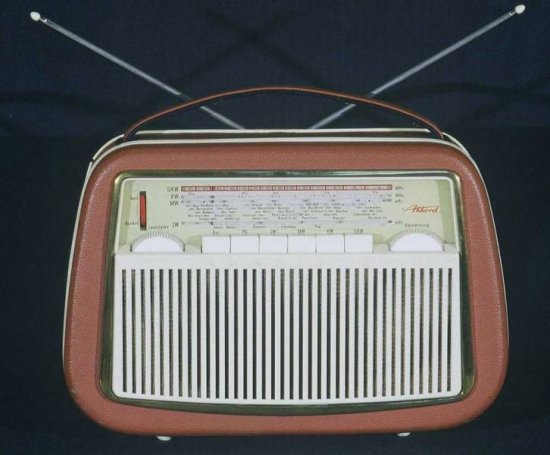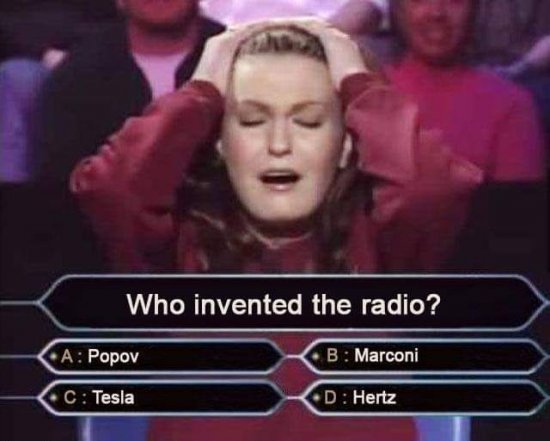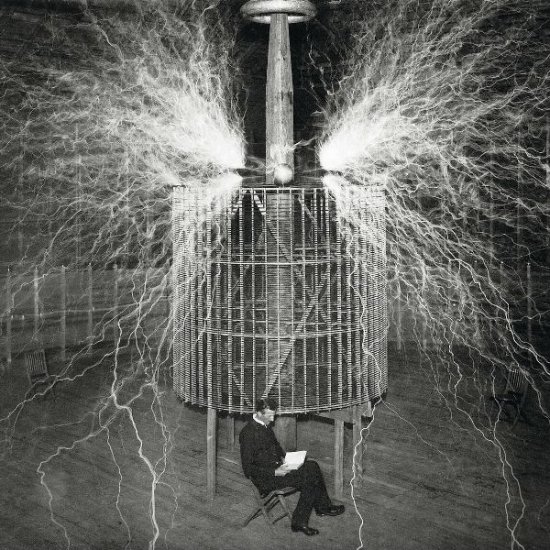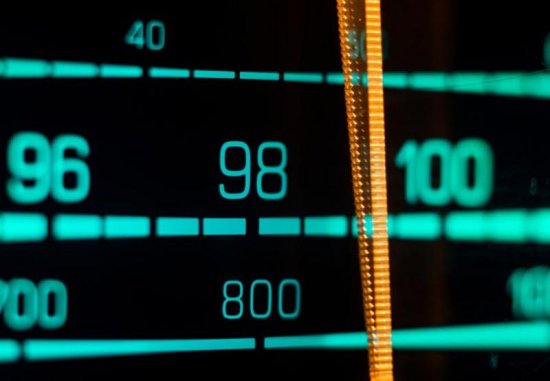Who invented the radio and why definitely not Hertz, Tesla and Lodge
For more than a century there has been a debate over who actually invented the radio. The title of radio inventors is attributed to Heinrich Hertz, Nikola Tesla, Oliver Lodge, Alexander Popov and Guillermo Marconi. All these scientists are not related to each other and lived in different countries. But each of them made a serious contribution to this invention.
In this article, we will try to prove why Heinrich Hertz, Nikola Tesla and Oliver Lodge cannot be considered the inventors of the radio, and the palm in this should be given to one of the two scientists - Alexander Popov or Guillermo Marconi. We will tell you more about the chronology of the invention of the radio and the rivalry between Popov and Marconi another time. Today we will look at the background of the invention of the radio and analyze what Hertz, Tesla and Lodge have to do with it.
Who invented the radio?
Heinrich Hertz
In 1888, the young German physicist Heinrich Hertz experimentally proved the existence in nature, predicted earlier by Maxwell electromagnetic waves.
In 1886Hertz, during his experiments in physics, created an extremely simple and very effective device called a «vibrator». This device consisted of two straight coaxial metal wires with plates at the far ends and balls of electric spark at the near ends.
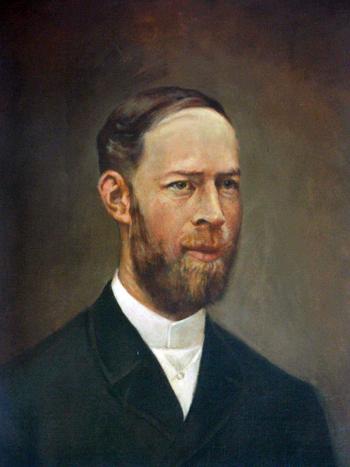
Hertz knew that when the Leyden jar was discharged, oscillating currents appeared in the connecting wire. He expected that in his vibrator, when the wires and plates previously charged to a high potential were discharged, oscillating currents would appear in them with a frequency determined by the geometrical dimensions of the wires and plates.
The vibrator that worked from the Rumkorff coil, proved to be a reliable and convenient device. Alternating currents rapidly arose in it. These oscillations can be induced by induction in another circuit tuned in resonance with the first, and thus they can be detected.
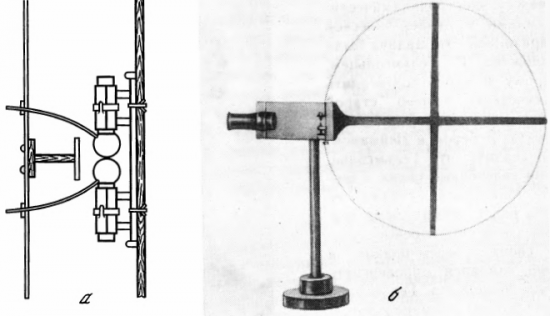
A type of vibrator and Hertzian resonator
The experiments were brilliantly successful: they showed that electromagnetic waves have all the properties inherent in light. Thus, Hertz experimentally confirmed the important conclusion of Maxwell's theory that electromagnetic waves and light have a physical connection, a common nature and a common character.
Heinrich Hertz's main achievement was the discovery of electromagnetic waves. Unfortunately, he died very early (January 1, 1894) before he was 37 years old. It was a heavy blow and a very great loss to all physics. Heinrich Hertz's discovery of electromagnetic waves preceded the invention of the radio, and perhaps, had he not died so early in life, he would have become its inventor.
Hertz's discovery almost immediately raised the issue of the practical use of electromagnetic waves as a phenomenon that allows electrical disturbances to propagate far into space. After Hertz published the results of his discovery in 1888, experiments with electromagnetic waves began in many laboratories around the world.
The discovery of electromagnetic waves very quickly captured the minds of scientists, becoming the property not only of professionals, but also of amateurs. Many scientists and inventors not only repeated his experiments, but also expressed the idea of the possibility of using electromagnetic waves for communication at a distance without wires.
At that time, the need for wireless communication was extremely acute, so for this purpose they tried to apply every newly discovered phenomenon, including electromagnetic induction.
In addition, the scheme of Hertz's experiments, the essence of his experiments, when electromagnetic waves were excited in one place and their indication was carried out at a certain distance, essentially "proposed" a method of communication without wires using electromagnetic waves. Therefore, the idea of using electromagnetic waves for wireless communication, that is, to transmit information with their help, in the last decade of the 19th century. "was in the air."
Nikola Tesla
Experimenting with high-frequency vibrations and trying to realize the idea of wireless transmission of high-frequency energy, the famous scientist Nikola Tesla, like no one before him, did much in this new field of electrical engineering.
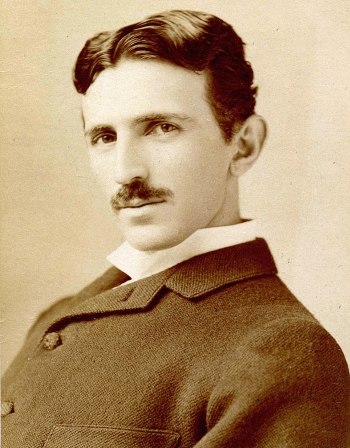
He had constructed a number of devices, in particular a transformer, being a high-voltage, spark-gap induction coil, with a resonant secondary, which he intended to use to excite an emitter-conductor, raised high above the ground, of definite capacitance to earth, to make changes in the earth's electric field and thereby transmit energy over a distance.
The phenomenon of resonance in the field of electromagnetic oscillations was successfully exploited by Hertz, who used as a receiving device a cantilever resonator that had the appropriate dimensions and was tuned to the frequency of electromagnetic waves.
Nikola Tesla specifically studied the phenomenon of electrical resonance and its characteristics. He imagined the Earth as a large oscillating circuit, where electromagnetic oscillations are excited (in place of the transmitting vibrator), which can be judged at the receiving point by the currents induced in the receiving wire.
The ideas of wireless transmission of energy and information so captivated the inventor that already in 1894, in a conversation with F. Moore, he said: ".
Many consider Nikola Tesla to be the inventor of the radio, but this is not the case. Tesla's transmitter was undoubtedly an antenna system without which radio communication is impossible. But at the same time, Tesla failed to develop the most important link of communication with electromagnetic waves — a sensitive indicator, a receiver of high-frequency oscillations. Later in the early 20th century radio reception technology. found a use for Tesla's resonant transformer.
Oliver Lodge
Repeating and studying Hertz's experiments, many researchers realized an important fact.If the Hertzian vibrator of electromagnetic waves was quite a convenient and powerful source of radiation for its time, then the resonator used by Hertz was a very imperfect device. In order to show the experiments in a large classroom, for example a classroom, a more convenient indicator of electromagnetic waves was needed.
Some scientists have begun to look for such indicators. The most successful were the experiments of the French physicist Edward Branly. He develops a laboratory device for detecting electromagnetic waves, which he calls a radio conductor.
Branly's radio conductor made it possible to judge the arrival of an electromagnetic wave by the deflection of the galvanometer needle. It turned out to be a more convenient and more sensitive indicator of electromagnetic waves than the Hertzian resonator and was widely used in laboratory experiments.
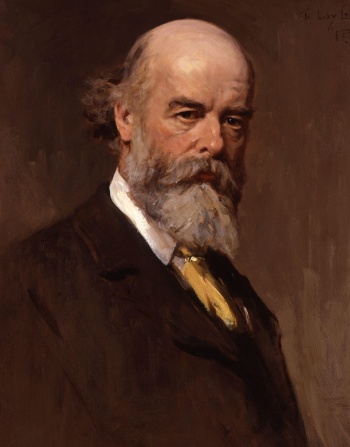
In 1894, the English physicist Oliver Lodge published a lecture he gave to the Royal Society of London on Heinrich Hertz's discovery and his experiments in this field, where he described the Branley radio conductor he had improved.
Lodge gave him a convenient form of portable physical device for showing hertzian wave experiments and made a mechanical sawdust shaker (clock, electric bell hammer) for him.
Lodge called his indicator of electromagnetic waves "coherer" - from the Latin cohesion - cohesion, soldering. At the same time, Lodge did not set practical goals in creating a radio, but used their inventions exclusively for use in a teaching laboratory.
Heinrich Hertz discovered electromagnetic waves and this is his main credit and contribution to physics and electrical engineering.Electromagnetic waves were experimentally discovered by Hertz in 1888, after which the prerequisites for their use in wireless communication at a distance were realized. Of all the scientists involved in experiments with electromagnetic waves, Nikola Tesla and Oliver Lodge were undoubtedly the closest to inventing a new means of communication - radio.
Its real inventors are Alexander Popov and Guillermo Marconi, and Popov first invented it (May 7, 1895) but did not patent it, and Marconi received a patent for his invention (June 2, 1986) and devoted his whole life to the development and improving radio communications.
Popov himself, justifying his priority, pointed out (unlike Marconi) that he had developed only a radio receiver, or, as he called it, "a device for detecting and registering electrical oscillations" (radio receiver), and was not credited with creating other connections of radio communication.
In our country, Alexander Popov has always been considered the inventor of the radio, in the West - Guillermo Marconi, and disputes over who made it first have been going on for many years. But this is a separate story that requires a more detailed consideration.

